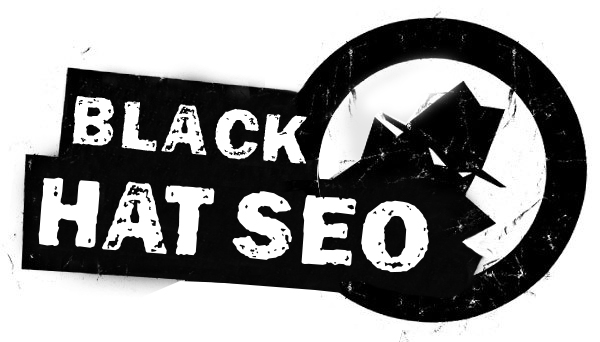Most business owners, SEO experience or not, have heard the term black hat tactics. Black hat tactics are essentially tricks that Webmasters try to play on Google bots in order to improve their rankings. For example, a Webmaster might put keywords all over a webpage in white text font on top of a white background. Obviously, this means only Google bots can see the keywords and not readers, so it’s essentially trying to fool everyone in order to earn a better ranking. This particular black hat tactic is called hidden text.
Other popular black hat tactics you’ve probably heard include cloaking, keyword stuffing, link farming, buying and selling links, duplicate content, doorway pages, and more. But what about some of the newest black hat tactics? Believe it or not, new black hat tactics have managed to make their way into marketing strategies even today, and the worst part is that some marketers may not even realize they’re at fault.
Unique Black Hat Tactics Not Yet On Your Radar
As discussed above, the problem with no understanding the new black hat tactics being used is accidentally using them or supporting them. Google doesn’t care whether or not something was an accident, so sooner or later you will get penalized for using unfair practices. This makes it extremely important to become aware of some of the unique tactics that aren’t on all of the “black hat tactics” lists you see online.
Consider some of these lesser-known methods below:
Unrelated Keywords
People always focus on avoiding keyword stuffing, but adding keywords that are unrelated to your content is just as bad. Even if you don’t over-do it, if you have keywords on your page that have nothing to do with the content of the page, Google is slowly starting to figure this out and penalize people.
Parasite Hosting
So this one has been around for a while but it doesn’t get talked about much. Parasite hosting means you hack into an authoritative website and then host a page of your choosing on that server in order to use the website’s authority to drive traffic to that page (related or not). You will get caught with this one, but it’s still being used in 2015 because it takes a little while for Google to spot.
Poor Footer Links
This is a big one people forget and we’ve been seeing more and more of lately. If you have an external link in your footer, it’s clear that the link is only there to improve your rankings in some way. If your footer is filled with keyword-rich anchor text, that’s also a big clue that you’re after rankings and not helping readers (in fact, you really shouldn’t really be using keyword-rich anchor text at all, which you can learn more about here).
Web Rings
This was actually something I had never heard of and read about from a Forbes article, but it works very similarly to the buying and selling links process. Even if there are no monetary transactions involved, if you are part of a small ring of websites that constantly link back and forth to each other in order to improve rankings, Google will pick up on this and call it black hat.
Spun Content
People forget that spun content is also a black hat tactic. Just because you’re not duplicated something word-for-word does not mean that you can simply re-arrange the words of another piece published on the web and call it unique. This technique isn’t overly new; however many people still seem to forget that it is black hat (not just frowned upon).
Cookie Stuffing
You’ve probably heard about keyword stuffing, but cookie stuffing is the process of placing a large number of affiliate-cookies on computers. In other words, you might insert a URL to an image online somewhere that will put cookies on the computers of those who click the image. Some think of this as more spamming than a black hat tactic, but either way this method seems to be growing and it will definitely get you penalized.
Cybersquatting
There are two ways you can think of cybersquatting: One, you may want to buy a domain name that has a slight misspelling of a popular domain so that those who type in the domain wrong will be taken to your unrelated website. Two, some cybersquatters buy all the versions they can of a popular domain name so that the real company will want to buy them from you so that they have control.
Page Swapping
This method means that Webmasters are taking high performing pages and then swapping the content with a low performing page. In other words, content will now be getting ranked highly even when that content didn’t earn it. Google didn’t intend to rank that content, so this is a way to try and fool the bots.
Again, some of these less popular black hat tactics you may have heard of before, but hopefully there was at least one or two that were new. For a few more unique black hat tactic ideas visit this article, then in the comment section below let us know what other tactics you’ve heard of recently that should be added to the list.
